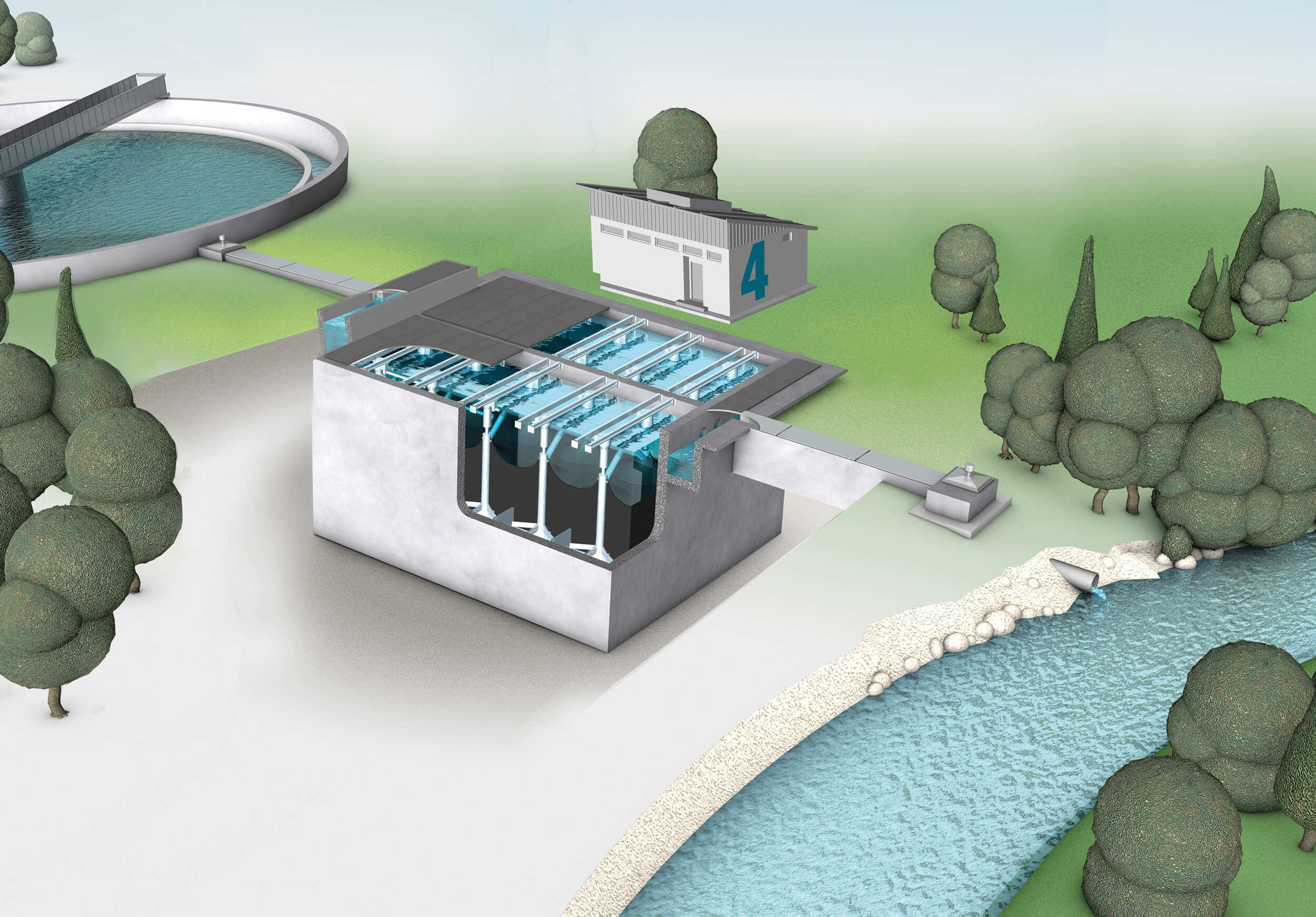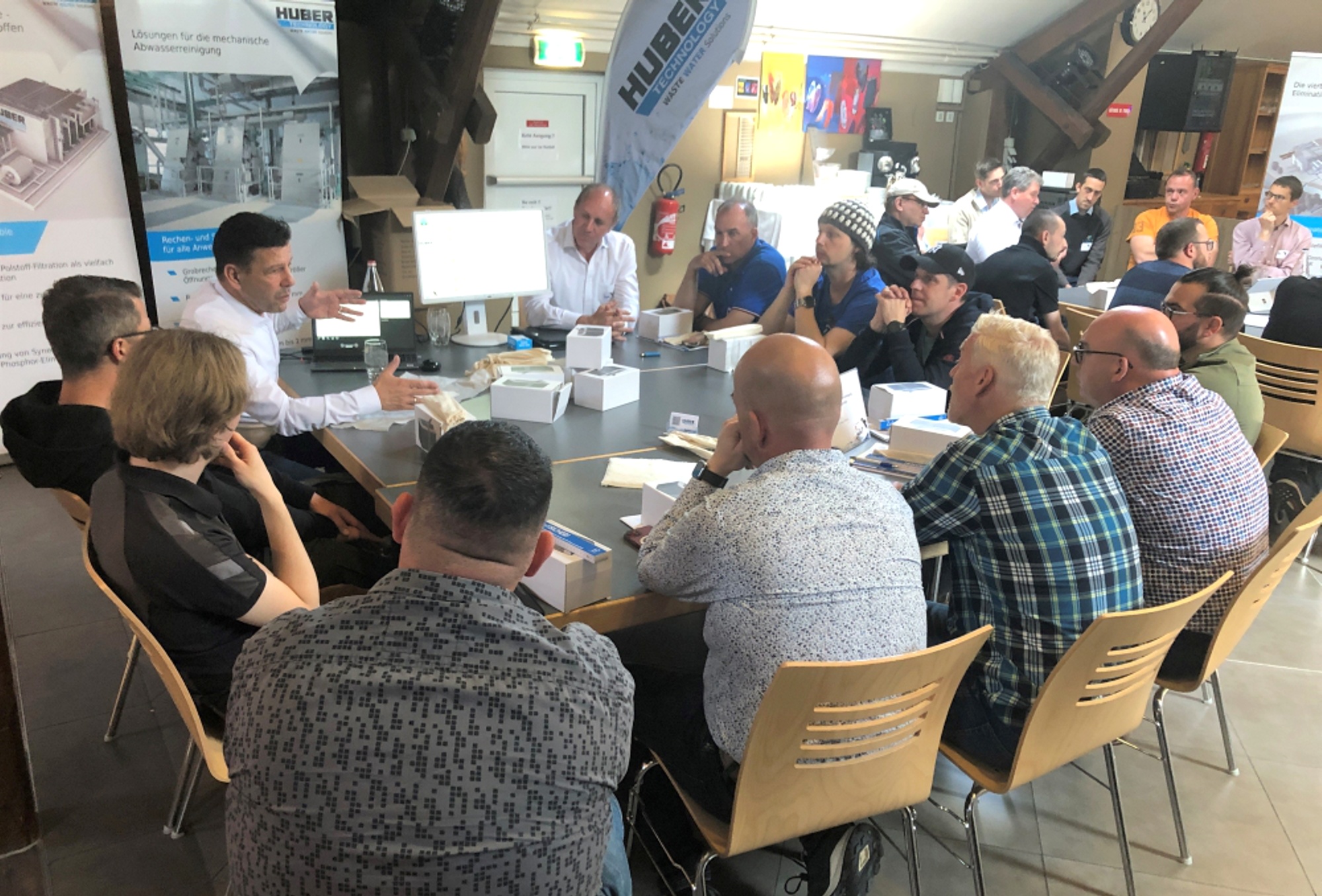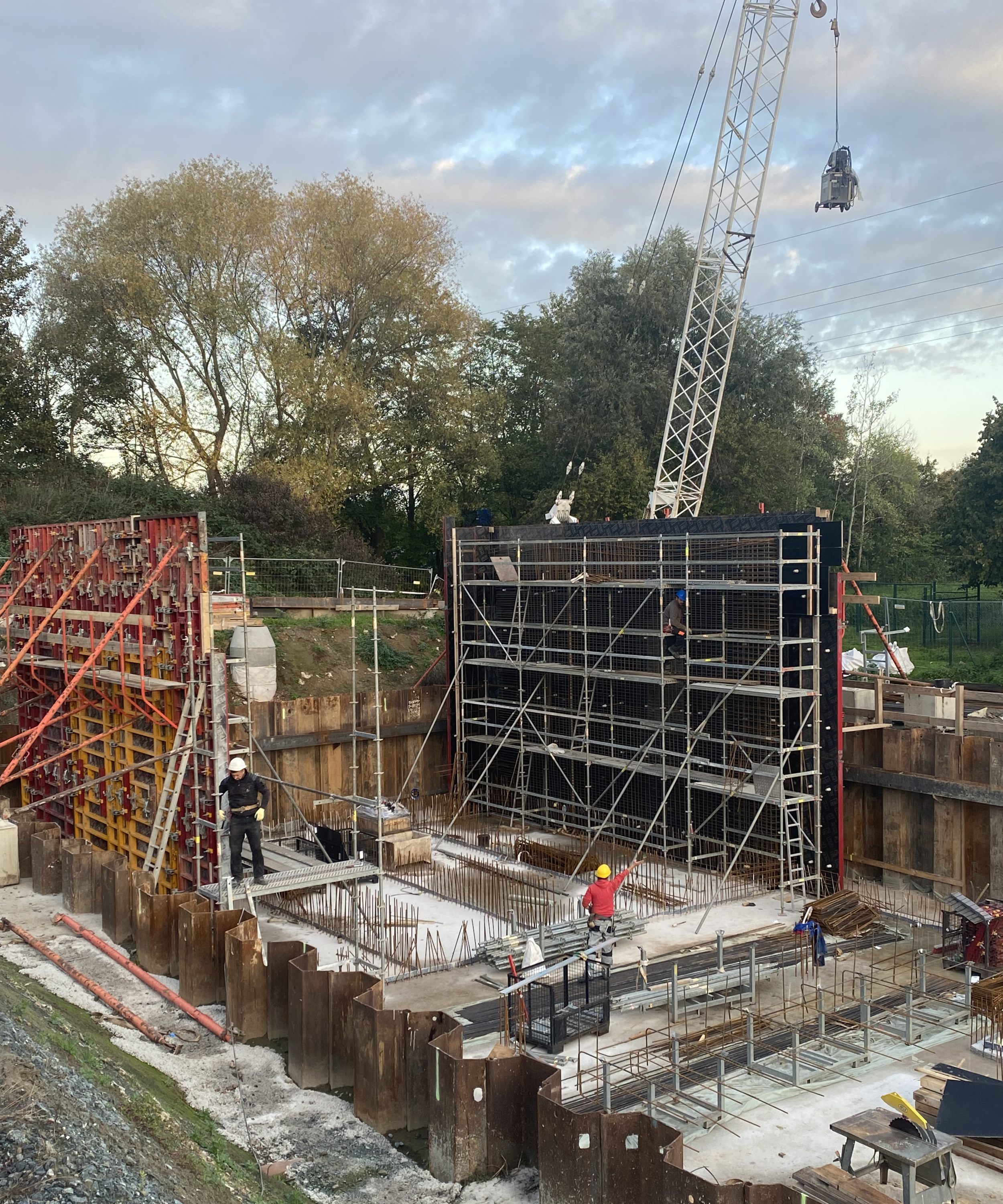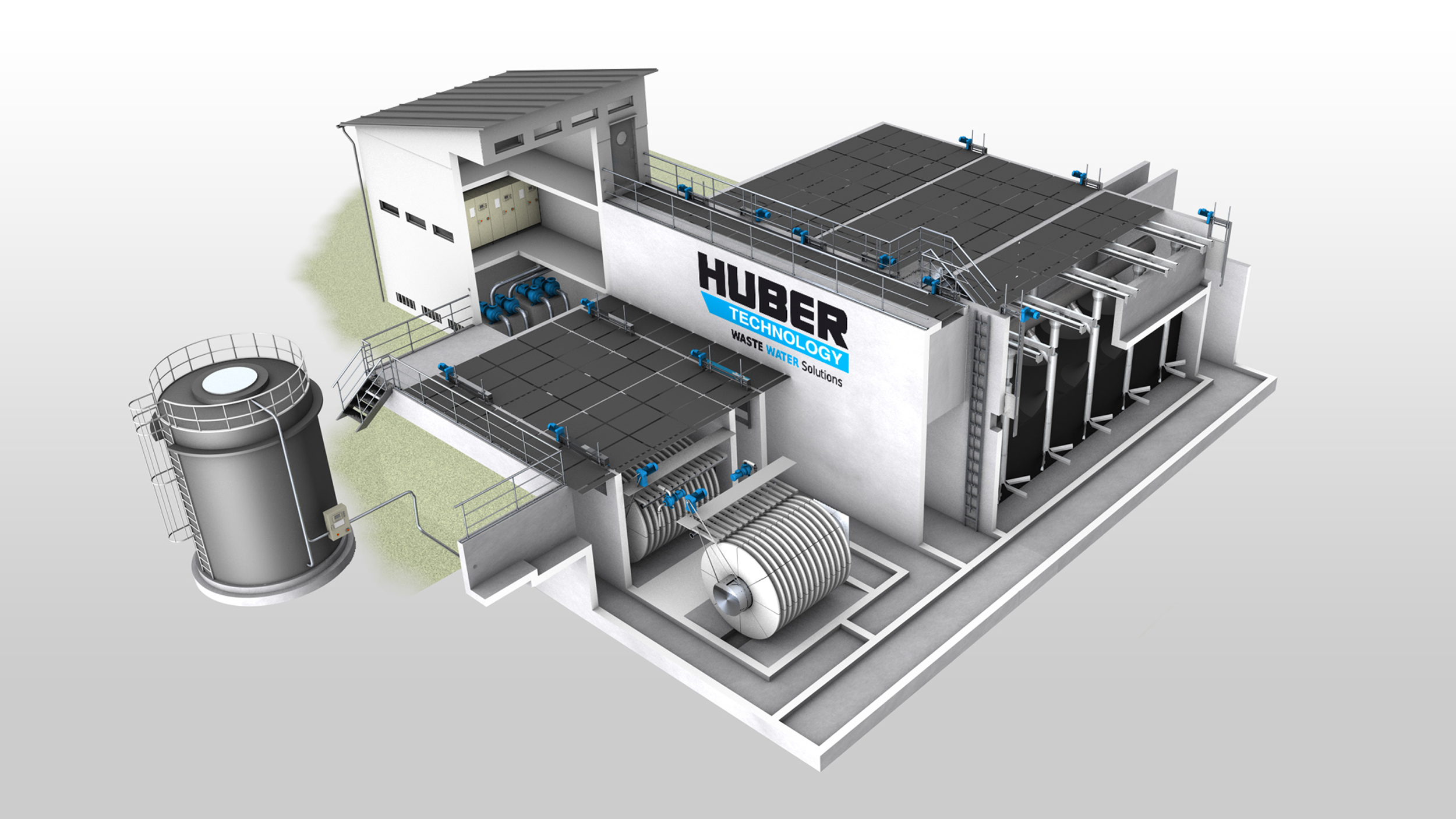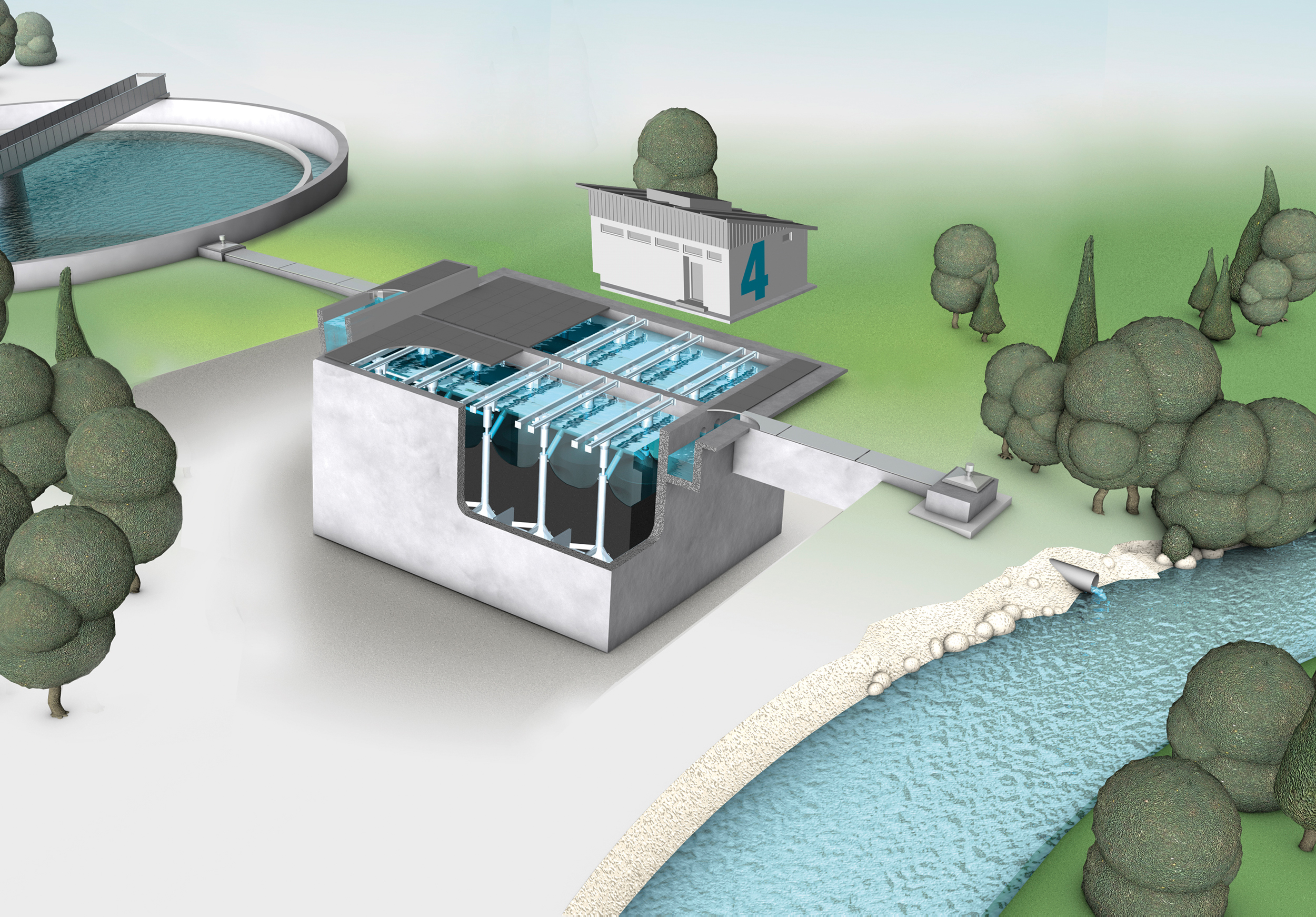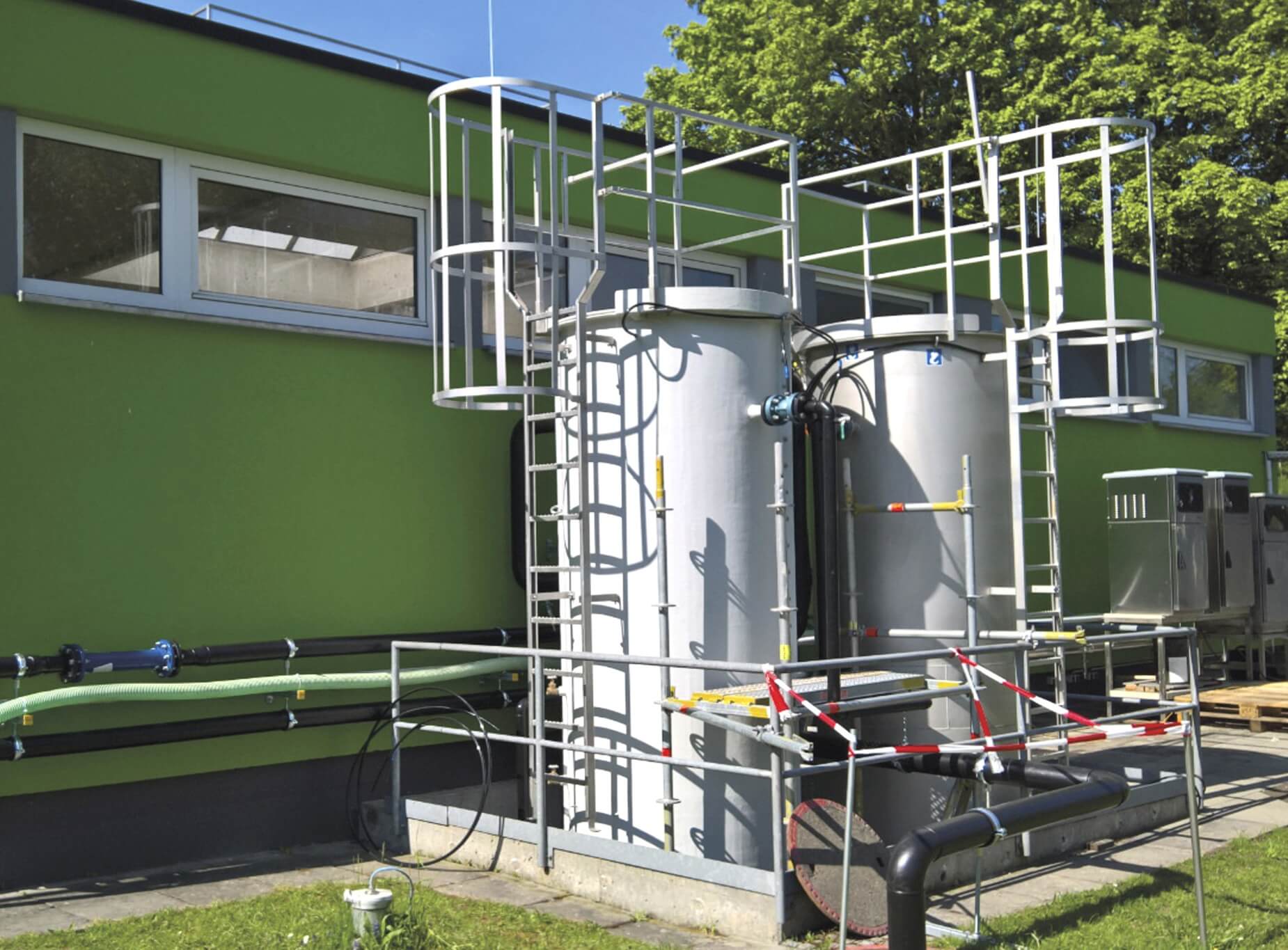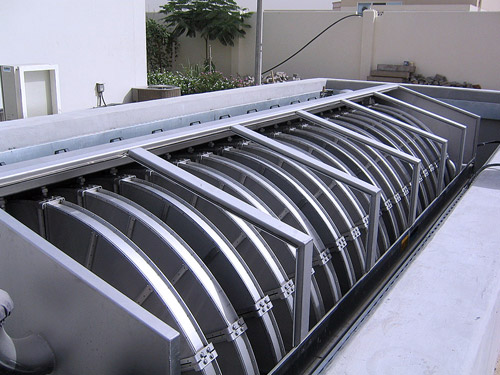Seefelden sewage treatment plant at Lake Constance to receive 24 HUBER Active Carbon Filters CONTIFLOW® GAK as part of the fourth treatment stage
The Seefelden sewage treatment plant in the Überlinger See wastewater association on Lake Constance with 70,000 population equivalents is to receive advanced wastewater treatment to remove trace substances. The heart of the new treatment stage will be a process combination of ozonation and activated carbon filtration – on a technical scale that has never been realized in Germany before. For this showcase project, HUBER will supply 24 Active Carbon Filters CONTIFLOW® GAK for biological post-filtration and adsorption of trace substances after the ozonation stage.
Investment volume 7.4 million euros: Construction started in spring 2021, planned commissioning in fall 2022
Construction of the new treatment stage, which will in future treat an average of 650 m³ of wastewater per hour, corresponding to an annual volume of around 5.6 million m³, began as early as spring 2021. Commissioning of the project, in which the wastewater association (“Abwasserzweckverband”) is investing 7.4 million euros, is scheduled for fall 2022.
Chief Technology Officer Dr. Johann Grienberger: “This project is a role model – for Germany and worldwide”
“Advanced wastewater treatment must and will become an even more important topic in the coming years,” says Dr. Johann Grienberger, Chief Technology Officer of HUBER SE. “HUBER is already supplying its technologies and products for the reliable elimination of micropollutants in wastewater in a number of projects – and the renovation of the Seefelden wastewater treatment plant is one of them. It is Germany’s largest combined process for the removal of trace substances and serves as a role model: not only for the whole of Germany, but worldwide.”
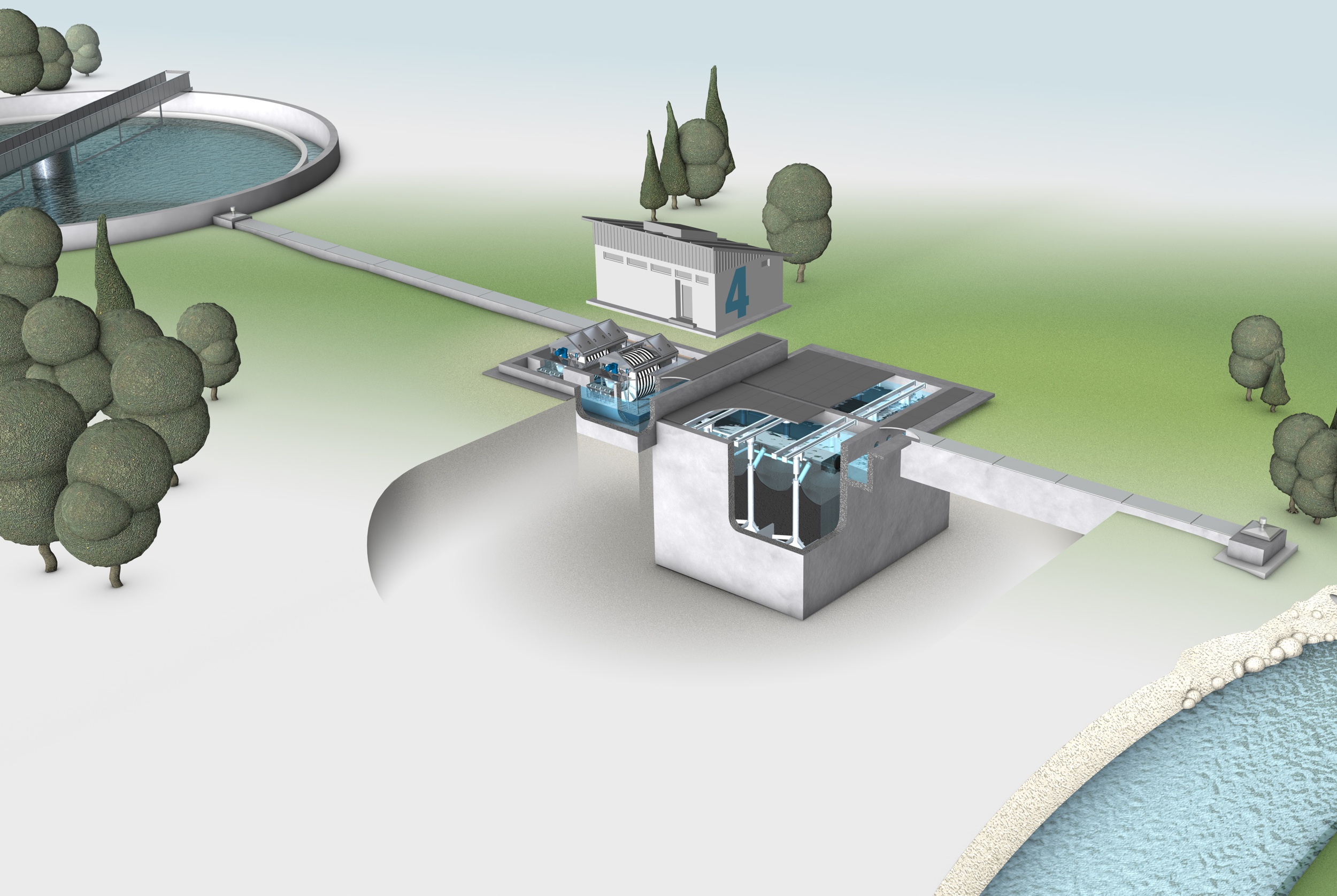
HUBER Active Carbon Filter CONTIFLOW® GAK: Adsorptive elimination of micropollutants from the wastewater stream using granulated activated carbon

The HUBER Active Carbon Filter CONTIFLOW® GAK is an upflow activated carbon adsorber filled with granulated activated carbon. It removes micropollutants from the wastewater stream adsorptively and operates in continuous mode. This means that no feeding pauses are necessary for the cleaning of the activated carbon. As the influent flows slowly through the activated carbon bed from bottom to top, dissolved organic substances such as trace contaminants are adsorbed onto the large inner surface of the activated carbon. The purified water flows out through a weir in the upper part of the filter. As the pressure drop increases, the activated carbon is gently conveyed from the bottom of the hopper into the scrubber at the top, where it is freed from residual particulate matter. The particles are separated with a small partial flow, the so-called wash water.
The activated carbon, cleaned of solids but still partially loaded with micropollutants, then falls back down onto the filter bed, creating an internal activated carbon cycle. As operation progresses, the loading of the internal surface of the carbon slowly increases.
135 million cubic meters of drinking water annually for four million people: Advanced wastewater treatment separates out hazardous trace substances
Thanks to the introduction of advanced wastewater treatment at the Seefelden wastewater treatment plant, hazardous persistent trace substances such as pharmaceutical residues, hormones and flame retardants will be reliably separated in the future, even before they enter Lake Überlingen. This part of Lake Constance supplies around four million people in large parts of Baden-Württemberg with around 135 million m³ of drinking water every year.
Former Minister of the Environment of Baden-Württemberg: “Are a model nationwide”
“This is good news for the Lake Constance district and for water protection in the state,” said former Environment Minister Franz Untersteller in the official press release from the Baden-Württemberg Ministry for the Environment, Climate and Energy Management. “We are a role model nationwide in this regard and are doing a great deal in this way to preserve and strengthen the ecological habitat of water bodies, which is of outstanding importance, especially at Lake Constance.” As a precautionary measure, he said, the ministry began equipping wastewater treatment plants on particularly sensitive bodies of water with the fourth treatment stage several years ago.
